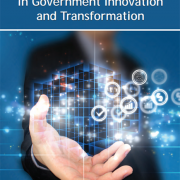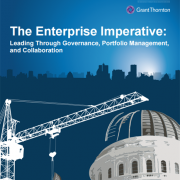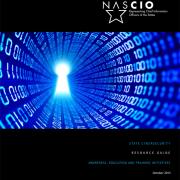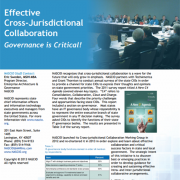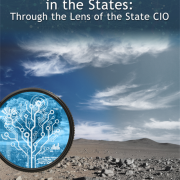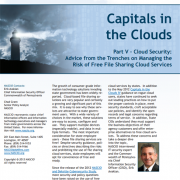State CIO Leadership in Government Innovation and Transformation
One of NASCIO’s guiding principles is to “promote the CIO as the technology leader who drives innovation and transformation.” To advance this belief, this leadership white paper explores the various structures and relationships of the State Chief Information Officer’s (CIO) role and how these differences impact the CIO’s participation in government transformation and innovation. The NASCIO CIO Leadership Working Group explored these differences and caution that a “one size fits all” approach is not the objective given that there are clear reasons for these variations. We looked at how the role of the CIO might evolve given ‘forces’ that could impact this evolution, such as technology disrupters and innovation. We discussed these ‘forces’ and critical success factors with private sector CIOs to learn how they have evolved their position, authority, and responsibility to support corporate transformation. We prepared this paper as a guide for CIOs, Governors, and other state officials to learn more about the various models that exist and how those models could evolve to support the direction of the enterprise.

